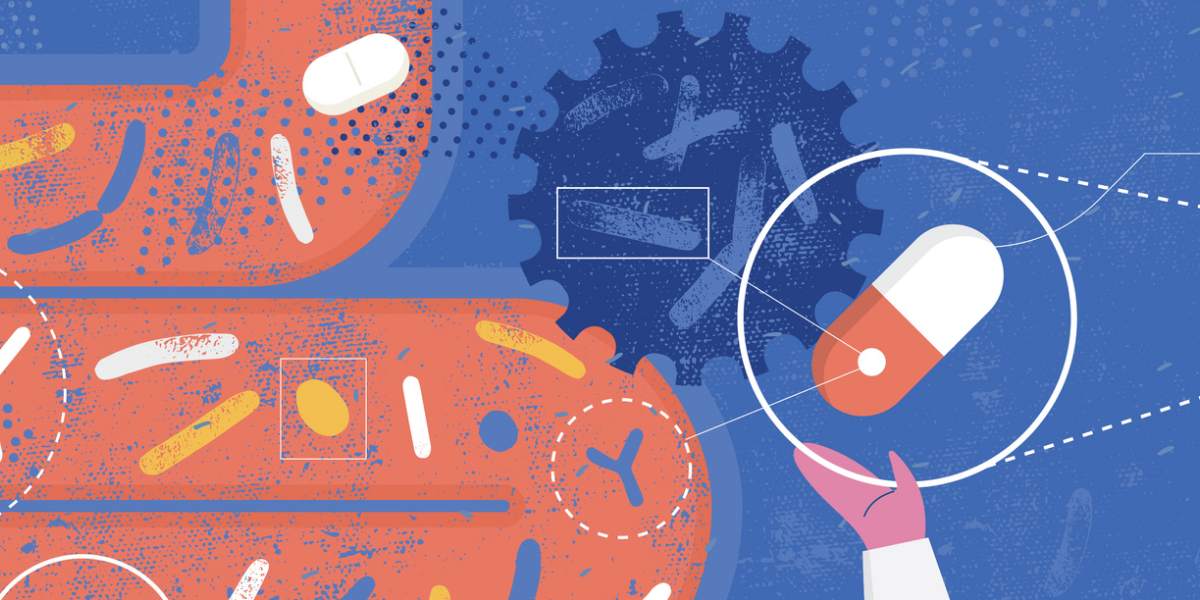Treating and managing diabetes is difficult enough without the added pain of pinprick blood monitoring and painful insulin injections
The number of times a diabetic has to test blood sugar levels and administer insulin depends on their individual diabetic situation.
Although diabetes cures and permanent treatments are on the horizo, for the moment accurate and diligent prevention strategies are the key to managing diabetes successfully.
Two areas in particular cause diabetics pain – administering insulin and monitoring the blood.
Insulin injections
Many diabetics dislike injecting insulin, and choose any route possible to avoid insulin injections. Insulin pumps offer one alternative to daily injections for type 1 diabetics and those type 2 diabetics that require insulin.
Automatic insulin pumps mean fewer injections, and because the needle is sited under the skin this type of medication is less painful.
Inhaled insulin is another alternative for diabetics who hate insulin injections, or are allergic to them.
Inhaled insulin is currently rare, but it is available in some countries.
Concerns exist over the influence of inhaled insulin on the lungs, so diabetics seeking this form of insulin should get advice from a healthcare professional.
Blood glucose monitoring
Another painful aspect of diabetes is the finger pinpricks to test blood sugar levels.
Many diabetics confirm that this is more painful than injecting insulin. On the market now are wristwatch monitors that avoid any pinprick monitoring.
These monitors draw the glucose into a small gel disc using an electric current, and measuring blood glucose painlessly.
The future
The future will likely make diabetes a much less painful disease, that is if the disease is not successfully cured first.
For instance, microchip technology will likely be able to read blood sugar levels completely painlessly.
Furthermore, ultrasonic injections may be able to inject insulin painlessly in the future.
Call transplantatio, the process by which insulin-producing cells from non-diabetics are transferred to diabetics have been tried and tested throughout the world, and the process is getting better and better.







